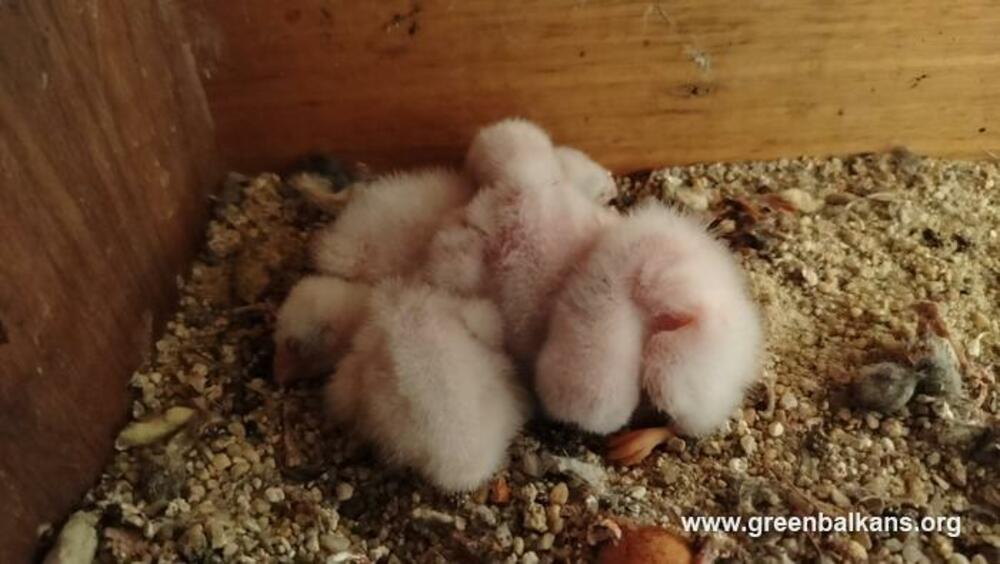site.btaTotal of 100 Lesser Kestrels Hatched, Reared at Wildlife Rescue Centre in Stara Zagora This Year


Since the start of 2024, a total of 100 lesser kestrels have hatched and been reared at the Wildlife Rescue Centre of the Green Balkans environmental organization in Stara Zagora. Dr Hristna Klisurova, a vet at the Wildlife Rescue Centre, said in an interview for BTA that there currently are three known colonies of this small bird of prey in Bulgaria.
The biggest colony is in the village of Levka in Sakar mountain, from where the return of the species to Bulgaria has begun. The second colony is near the Wildlife Rescue Centre, where activities for the species' return have been carried out for several years. Dr Klisurova explained that they release young lesser kestrels in the wild through adaptation aviaries in the area of Stara Zagora, resulting in a stable colony near the city. The smallest colony is located near Burgas (on the Black Sea).
The Lesser Kestrel disappeared as a nesting species in Bulgaria more than 20 years ago, she told BTA. In 2013, Green Balkans began working on the first project to restore the species - Lesser Kestrel Recovery (LIFE11 NAT/BG/360), funded under the EU's LIFE programme. That same year, some 90 birds imported from Spain were released directly in the wild, and 2014 saw the return of some of them to Bulgaria. These kestrels formed a colony in Levka, where the last wild population of the species had been registered.
This year marked the 10th anniversary of the species' return to Bulgaria. There currently are around 40 to 50 pairs in the wild here. They do not need assistance to rear their chicks. Some are controlled while others are wild. All chicks are about to be distributed for release among the three colonies maintained by Green Balkans and in the brand new location the organization is working at: the village of Kliment in Plovdiv Region (South Central Bulgaria).
Dr Klisurova told BTA that the Lesser Kestrel is a small species of falcon who used to nest in Bulgaria, including in the city of Plovdiv. The bird likes being close to people and nests under the roofs of old houses. Intense farming and habitat disruption has led to the species' disappearance in Bulgaria. The Lesser Kestrel is a migratory species, spending winter in Africa. Nigeria and Niger are where a large part of the new Bulgarian population goes, shows data from birds equipped with satellite transmitters. What is typical of the Lesser Kestrel and is different from other birds of prey is that it feeds mostly on insects. It thus helps in the fight with agricultural pests, Dr Klisurova said.
/DD/
news.modal.header
news.modal.text